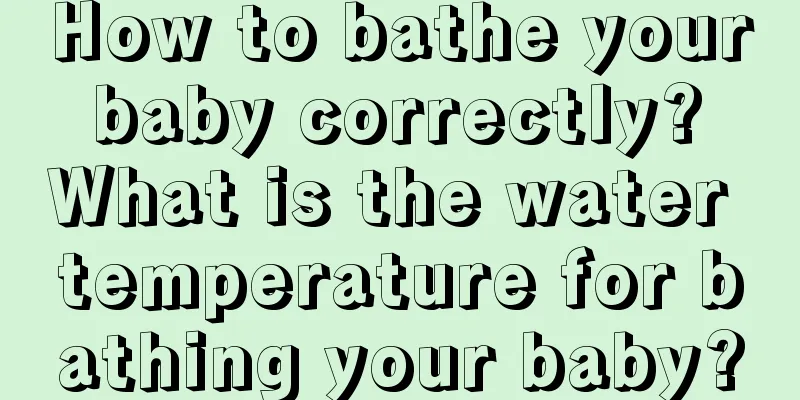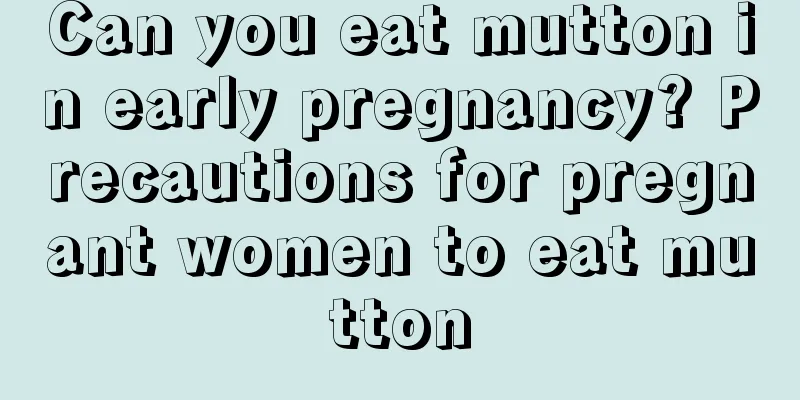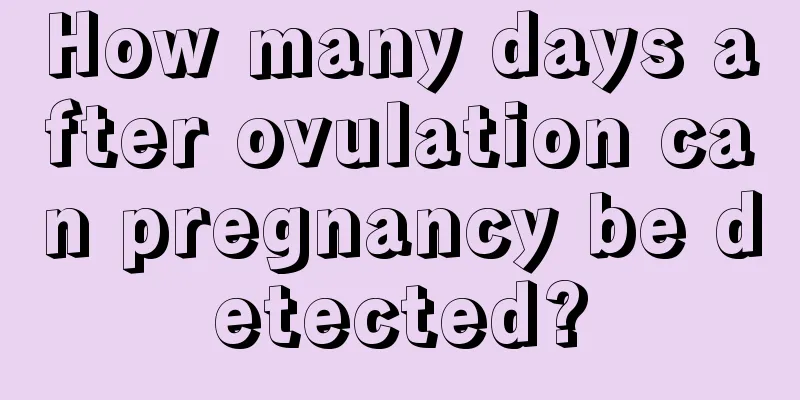What vaccines should babies receive and when is the best time to get them?

|
Babies must be vaccinated soon after birth to prevent diseases. Vaccines are divided into free vaccines and self-paid vaccines. The free vaccines stipulated by the state are Class I vaccines, and self-paid vaccines are Class II vaccines (you can decide whether to need them). The following editor has specially compiled a complete list of vaccines for everyone to use. Schedule for vaccination of Category I vaccines (planned vaccines) | |||
| Vaccination Types and Vaccination Details | |||
| Vaccine Types | Age of vaccination recipients in months (years) | Number of vaccinations | Disease prevention types |
| BCG | At birth | 1 | tuberculosis |
| Hepatitis B vaccine | 0, 1, 6 months | 3 | Hepatitis B |
| Polio vaccine | 2, 3, 4 months, 4 years old | 4 | polio |
| DPT vaccine | 3, 4, 5 months and 8 to 24 months | 4 | Whooping cough, diphtheria, tetanus |
| Diphtheria and pertussis vaccine | 6 and 16 years old | 2 | Diphtheria, tetanus |
| Measles vaccine | 8 months | 1 | measles |
| MMR vaccine | 18-24 months and 4 years | 2 | Measles, Rubella, Mumps |
| Japanese encephalitis vaccine | 8 months, 2 years old | 2 | Japanese encephalitis |
| Serogroup A meningococcal vaccine | 6-18 months | 2 | Meningococcal meningitis |
| Group A+C meningococcal vaccines | 3 years old, 6 years old | 2 | Meningococcal meningitis |
| Hepatitis A vaccine | 18 months and 2 years | 2 | Hepatitis A |
| Vaccination Types and Vaccination Details | |||
| Vaccine Types | Vaccination targets and vaccination doses | Disease prevention types | |
| Pediatric Pneumococcal Conjugate Vaccine (Pediatric Pneumonia Vaccine) | 4 doses are recommended for infants aged 3-6 months, 3 doses for infants aged 7-11 months, 2 doses for infants aged 12-33 months, and 1 dose for children aged 24 months to 5 years | Pneumococcal diseases such as pneumonia, meningitis, sepsis, and otitis media caused by pneumococci | |
| Varicella vaccine | Children aged 1-12 years old should receive 1 dose, and people aged 13 years and above should receive 2 doses | chicken pox | |
| Flu vaccine | Children aged 6 months to 8 years who have never received influenza vaccine or received only one dose of influenza vaccine in the previous year are recommended to receive two doses with an interval of ≥ 4 weeks. After that, one dose is sufficient each year. Other groups only need to receive one dose each year. The recommended vaccination time is September to November. | influenza | |
| Haemophilus influenzae type b vaccine | Children aged 2-6 months should receive 3 doses, children aged 7-12 months should receive 2 doses, and children aged 1-5 years should receive 1 dose | Haemophilus influenzae type b disease | |
| Rabies vaccine | 5 doses given on the day, 3, 7, 14 and 28 days after a canine bite or scratch | Rabies | |
| Pneumococcal polysaccharide vaccine | High-risk groups aged 2 years and above (such as people aged 65 years and above, patients with chronic diseases, etc.) should receive one dose | Pneumococcal diseases such as pneumonia, meningitis, sepsis, and otitis media caused by pneumococci | |
<<: How can pregnant mothers avoid giving birth to deformed babies?
>>: What should I do if my newborn baby doesn't sleep at night?
Recommend
How to prepare baby rice cereal? How many milliliters of water should be added to one spoon of rice cereal?
Baby rice cereal is a very common baby food. Gene...
Which cheese is suitable for babies? Look for original cheese
Cheese is a high-calcium food, and it tastes good...
What style of milk powder box is good? Advantages and disadvantages of different sizes
The first type of independent milk powder box is ...
Is it necessary to preserve umbilical cord blood? What is the use of umbilical cord blood?
In the past, when giving birth, mothers generally...
Can babies take a bath after vaccination? Mothers should pay attention
Babies need to receive various vaccines from birt...
Where is the fontanelle on the baby's head? Can the fontanelle on the baby's head be touched?
During the growth period of infants and young chi...
Why does my baby always pull his ears? 6 reasons for pulling ears
Taking care of children is a very hard job, and w...
How to stop breastfeeding after a normal birth? How long does it take to stop breastfeeding after a normal birth?
Due to various reasons in life, mothers are unabl...
Does the painless delivery injection have any side effects? The pros and cons of the painless delivery injection
With the development of medical technology, the w...
Table of free vaccines for infants and young children. Notes on vaccination of infants and young children.
When babies reach a certain age, parents need to ...
Can I wash my hair during the dog days of summer? How long can I wash my hair during the dog days of summer?
Women who have confinement during the dog days of...
Causes of Unplanned Pregnancy 15 Ways to Get Pregnant Unplannedly
Unexpected pregnancy is a phenomenon that many yo...
How can parents teach their children to be polite to others?
Being polite and having good manners are essentia...
2020 Year of the Rat Baby Boy Names 2020 Year of the Rat Baby Boy Nicknames
The Year of the Rat is coming soon. Many families...
Is it really more painful to have a second caesarean section than a first?
The country has officially opened up the permissi...









